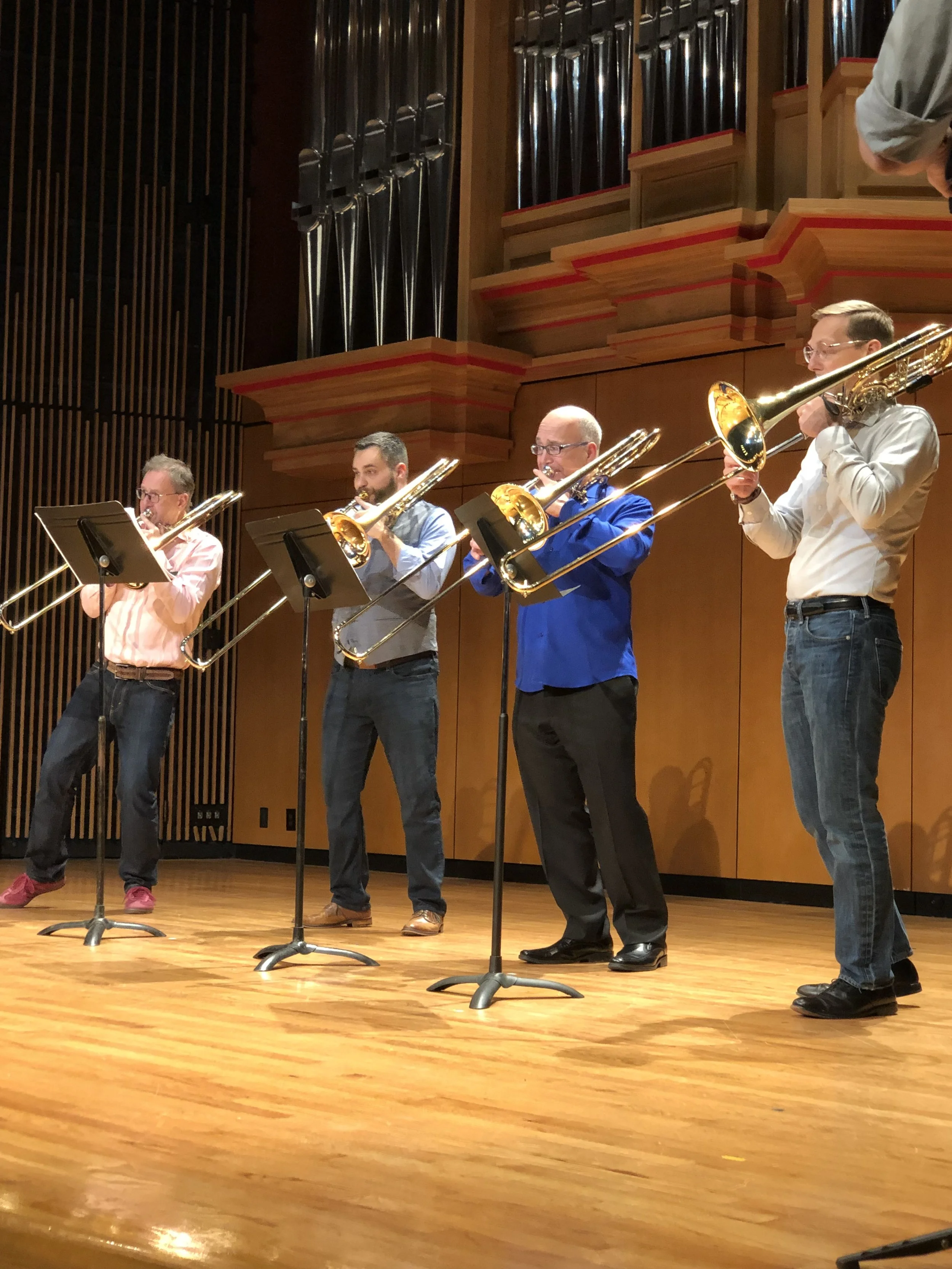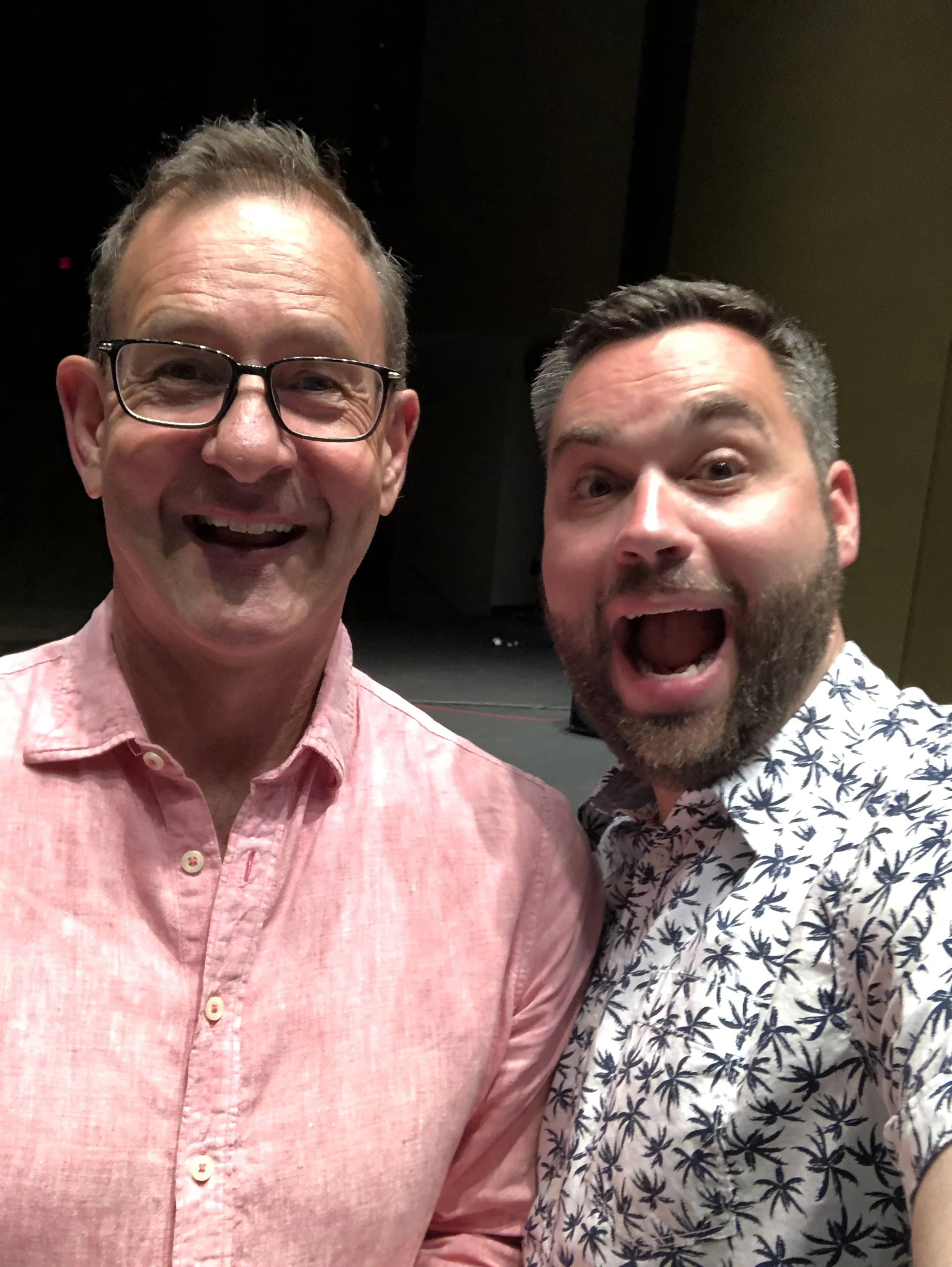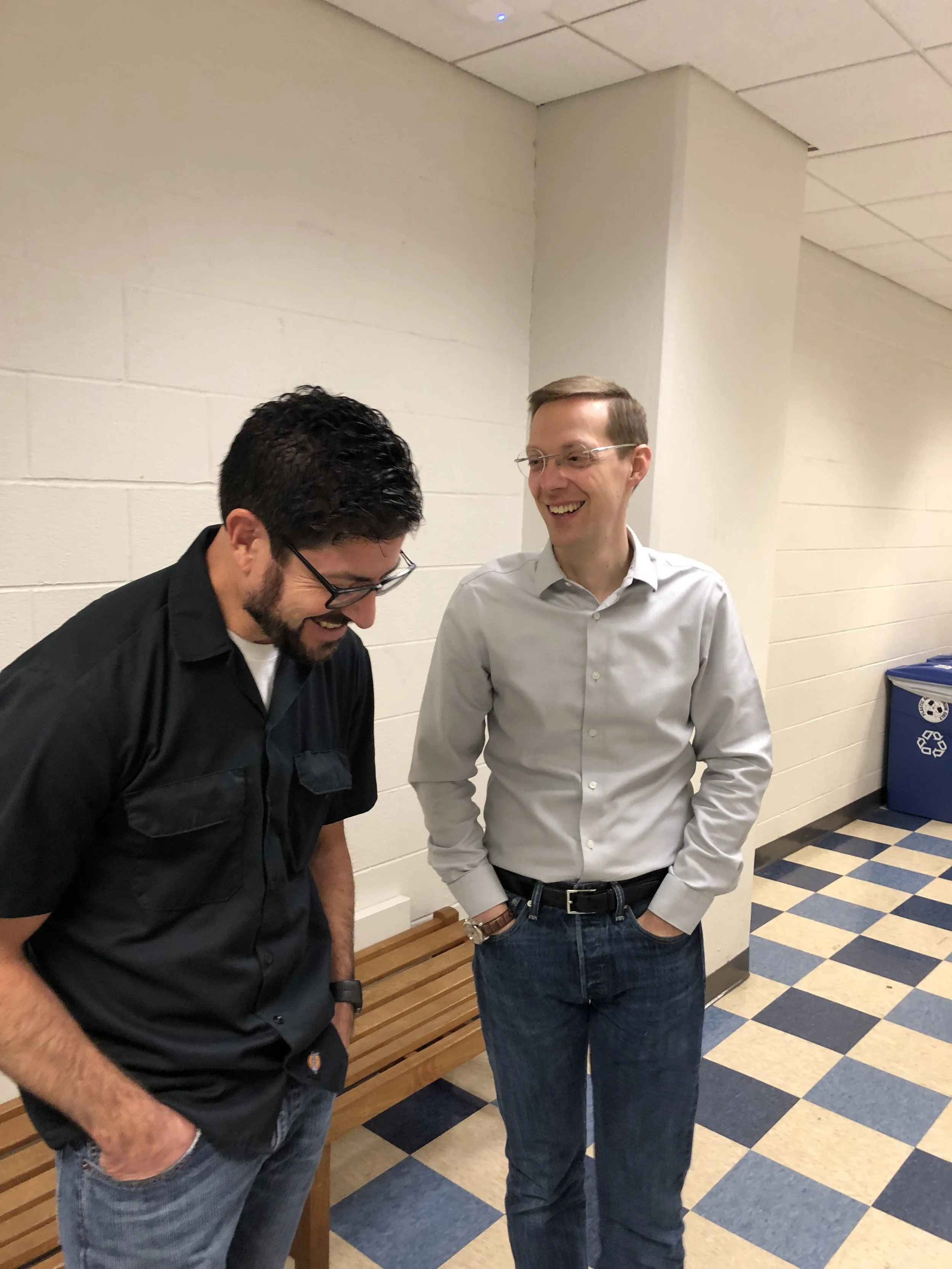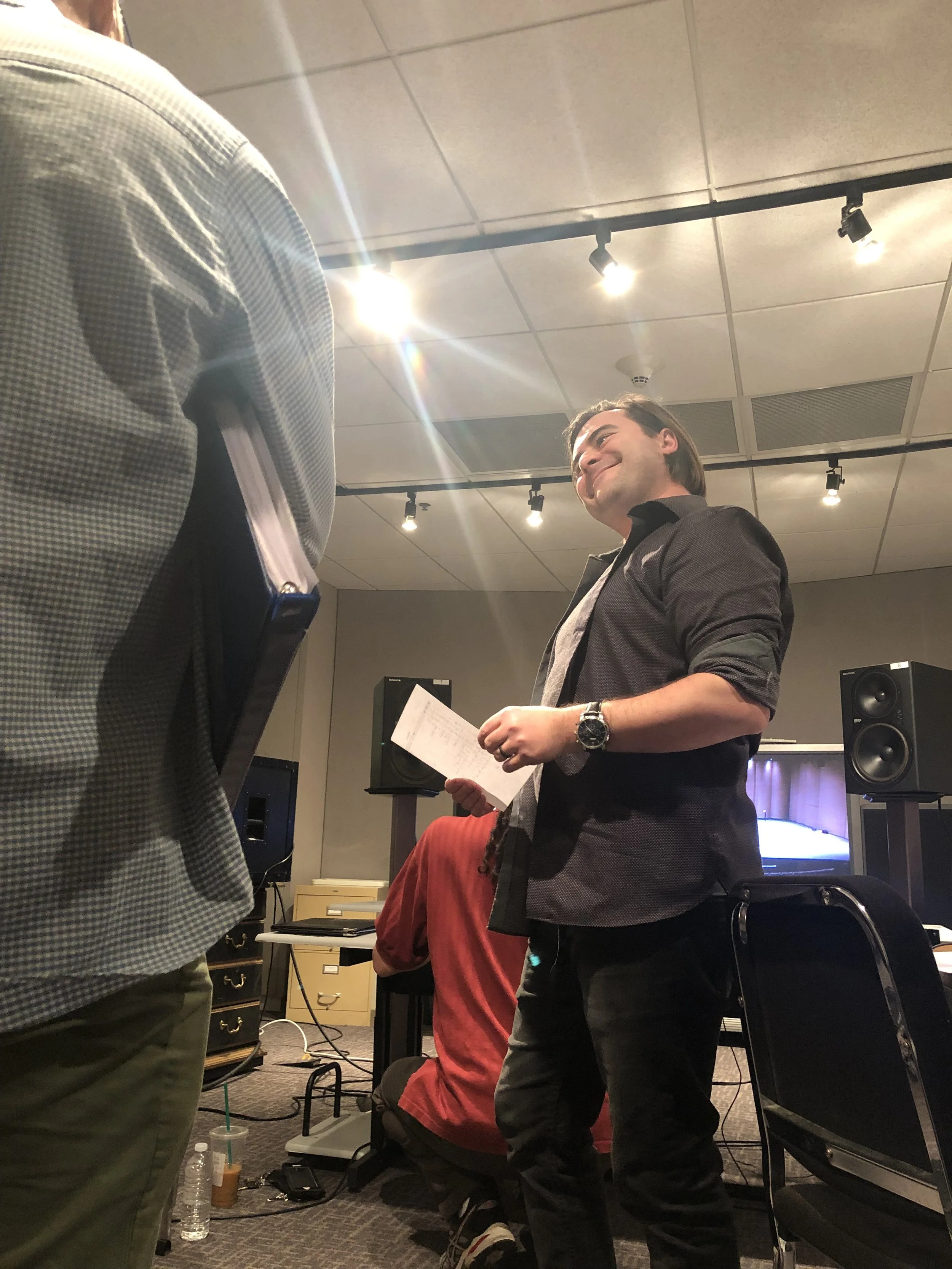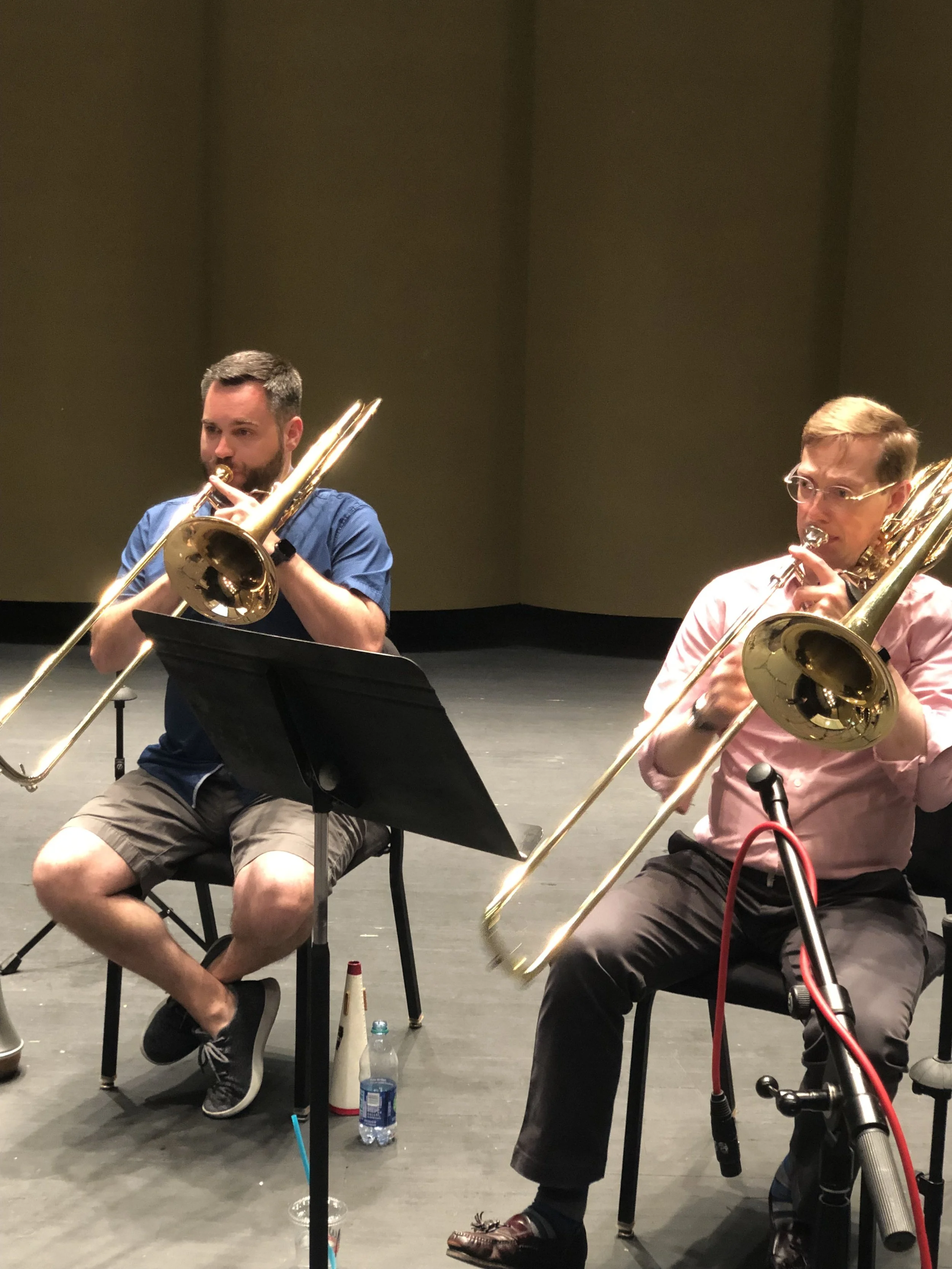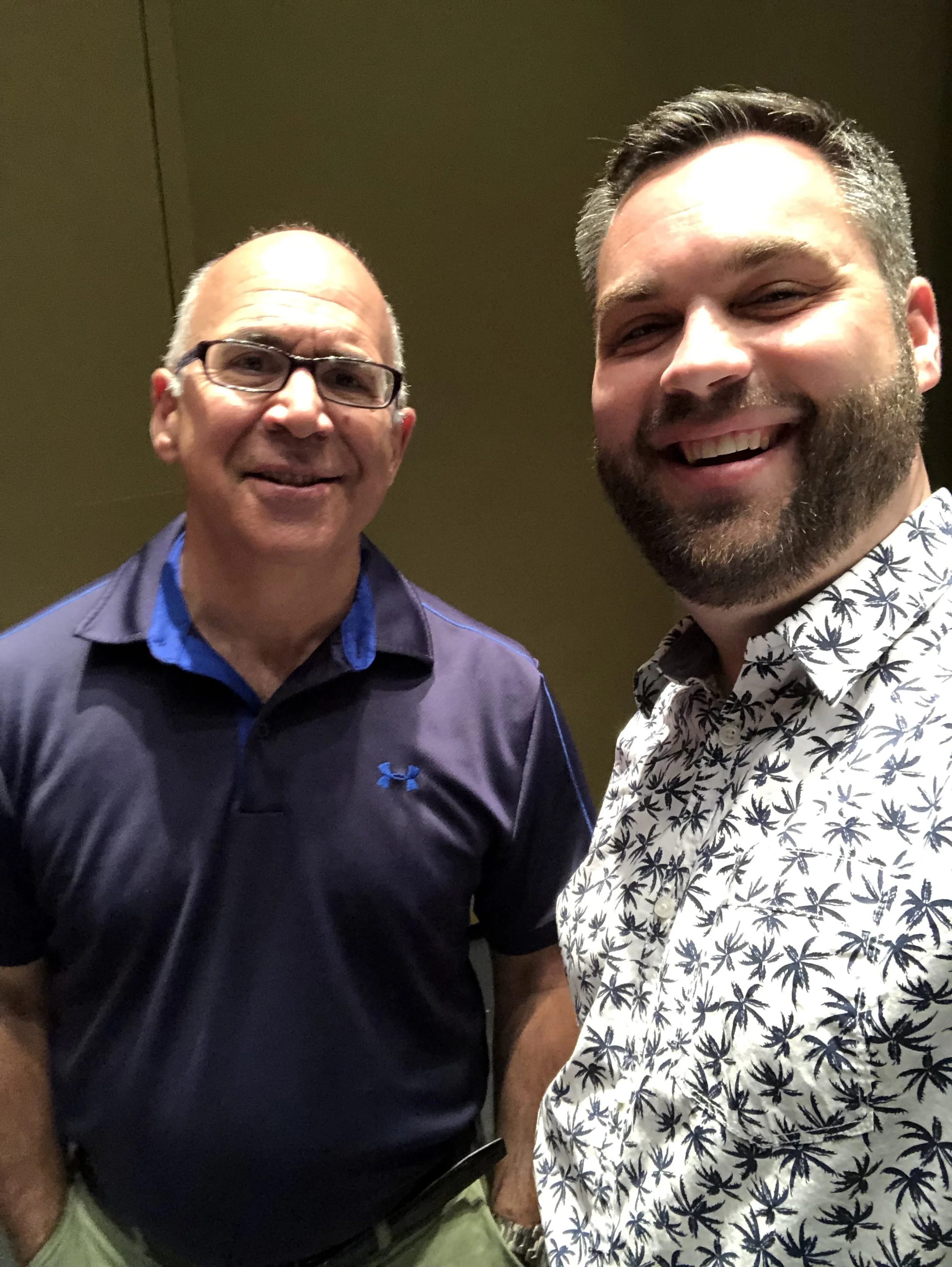The Aries Quartet Album
As of April 30, 2022, The Aries Trombone Quartet CD site is no longer active, but the album is still available in multiple formats/platforms! The extensive program notes and composer info from the previous site has been migrated to this page, and is featured below.
You can now hear the album on your favorite streaming platform, including Spotify, Apple Music, Amazon Music, Tidal, and others.
The FLAC lossless digital album and the physical CD are still available for purchase in my online shop, but you can also purchase the digital album on Amazon.com, the iTunes Store, etc.
Thank you all for your support of the Aries Quartet! More info on the group and its original purpose/intent can be found at ariesquartet.com
About the Group
The Aries constellation is made up of four stars. The same is true of the Aries Quartet. Bringing these four stars together was the chance of a lifetime. The Aries Quartet is Joseph Alessi, Ian Bousfield, Jeremy Wilson, and James Markey. Prior to this project Ian and Jeremy worked together for five years in the Vienna Philharmonic while Joe and Jim worked together for twelve years in the New York Philharmonic.
These long time friendships and professional relationships combined with the fact that these musicians all played Getzen or Edwards Trombones and Griego Mouthpieces at the time of the group’s formation made this project come together quickly. The whole idea was born from a conversation between Joe and Ian. A few texts sent during a discussion by Ian, Christan Griego, and Brett Getzen were almost immediately met with enthusiastic “yes, absolutely” responses, and within five minutes the project was a GO!
The Album
Our self-titled debut album was recorded and produced over a one-year period beginning in June 2019. Getting all four of us in the same place at the same time was a huge challenge, but we were able to meet at Vanderbilt University in Nashville, Tennessee, to track the album during 2 separate sessions over a total of 3 recording days. We had tons of laughs, ate some wonderful meals (including copious amounts of garlic), and shared a music-making experience we will never forget!
The Music
From our very first meeting as a quartet, we knew we wanted to record new music. Over the course of many months, six dear friends of the quartet sent us things to try, and we loved them all! We are so grateful to these composers/arrangers for their time, creative work, and collaborative spirit. Check out the menu below to learn more about the works and the brilliant artists who created them.
-
Song of the Valar for trombone quartet is based on a passage from The Silmarillion by J.R.R. Tolkien. The Valar in Tolkien’s Middle-earth fictional mythology are a group of spiritual beings who literally sing the universe into being, with the eldest being Ilúvatar serving as the leading voice. Two brothers, Manwë and Melkor, who are broadly represented as good and evil respectively, take up the themes of Ilúvatar. However, Melkor weaves discordant ideas into their song due to his vanity and self-delusion. Finally, Ilúvatar and Manwë tame the dissonance, although the strains of Melkor remain woven in the fabric of the universe. In my composition, the bass trombone presents the themes of Ilúvatar and Manwë, while the first tenor trombone’s muted entrance represents Melkor. The work moves from a bold opening that depicts the chaos prior to creation, followed by the harmonious statements of Manwë and Ilúvatar. A polyrhythmic dance is interrupted by Melkor’s theme which eventually overtakes the remaining three players. As Melkor’s discords build to a climax, it is suddenly interrupted by the bass trombone’s powerful intonation of Manwë’s theme. The piece concludes with a return to harmonic order (represented through perfect fifths), while a hint of discord lingers.
Check out James’ website: http://www.jamesmdavid.com/
Buy the sheet music: http://www.jamesmdavid.com/song-of-the-valar.html
-
Colossal. Insurmountable. Seemingly invincible, surely unconquerable. Facing off with a giant is an intimidating affair; giants are among the most formidable opponents and with one blow can end the contest.
In this epic tale written for trombone quartet, a “giant” is introduced with the first chord–supersized and ominous–and it isn’t long before our story’s protagonist jumps into a fated showdown. Attacking first, this “hero” believes going on the offensive is the only way to win. When one is so obviously outmatched and overpowered, the instinct is to fight just to survive… and a giant is used to this.
The battle pushes and pulls with no clear victor in sight, and the two exhausted combatants meet eye-to-eye as they did in the beginning. This time, recognizing fear, frustration, and hurt in the giant’s eyes, the true aggressor stands down. In the second movement, gentle compassion and understanding lead to a warm and genuine friendship between the once rivals, while the third and final movement reveals the joy and thrill of adventures to come.
Check out David’s website: https://www.davidfaleris.com/
Buy the sheet music: http://www.davidfaleris.com/sheetmusic/taming-giants/
-
“Transonance” was written to showcase the amazing sound and virtuosity of four of the best trombonists on the planet. I wrote the beginning of this piece at my home in New York and finished it in Budapest, Hungary, while vacationing with my family. The piece opens up with a fanfare that comes back several times throughout the piece. I was trying to imagine how these 4 individuals would sound as a section in the great concert halls of the world. The piece transitions into a section that showcases the versatility of the trombone with the melodies passed back and forth. I tried to share the lead through this piece and showcase each player individually. The middle section is a ballad that showcases the beauty and warmth of the trombone. There is a re-statement of the opening fanfare at the beginning of the final section which transitions into a virtuosic build to the finish. The piece closes with an augmentation of the opening fanfare. Ultimately this piece is about sound and showcasing the virtuosity of the members of the Aries Quartet.
Check out Marshall’s website: https://www.marshallgilkes.com/
Buy the sheet music: https://www.marshallgilkes.com/store/p23/Transonance_Trombone_Quartet_PDF.html
-
Timothy Higgins was appointed to the position of Principal Trombone of the San Francisco Symphony by Michael Tilson Thomas in 2008. He was previously the acting Second Trombonist with the National Symphony Orchestra in Washington, DC. Mr. Higgins, a Houston native, has a Bachelor’s degree in Music Performance from Northwestern University and has performed with the Chicago Symphony, New York Philharmonic, Milwaukee Symphony, Virginia Symphony, Civic Orchestra of Chicago, Music of the Baroque, Aspen Music Festival, Grand Teton Music Festival, Sun Valley Summer Symphony, Washington National Opera, and Baltimore Symphony. His principal teachers have been Michael Mulcahy (Chicago Symphony), Michael Warny (Houston Grand Opera), and Royce Landon (Des Moines, Iowa). He has participated in music festivals with the Roundtop Music Festival, the National Repertory Orchestra, and the Tanglewood Music Center.
Along with a busy orchestra career, Timothy Higgins is a sought after arranger of music. He was the sole arranger of the National Brass Ensemble’s Gabrieli recording. Additionally, he has arranged music for CT3 Trombone Quartet, National Brass Quintet, Bay Brass, and the San Francisco Conservatory of Music Brass Ensemble. Timothy Higgins has also composed works for brass instruments in solo and chamber settings. His arrangements and compositions have been programmed by the Washington Symphonic Brass, Bay Brass, San Francisco Symphony, Chicago Symphony, the Los Angeles Philharmonic, Kansas City Symphony and numerous university brass ensembles. His arrangements and original compositions are available through his publishing company, 415Music.
As a teacher, Timothy been a faculty member of the Pokorny Seminar since 2012, and is currently on faculty at the San Francisco Conservatory of Music and Northwestern University. He has also led masterclasses in Japan, China, Canada and the United States, including classes at the Royal Conservatory in Toronto, the New World Symphony, Vanderbilt University, the Manhattan School of Music, and the Juilliard School of Music.
Learn more about Tim: http://www.415music.com
Buy the sheet music: http://www.415music.com/products/higgins-t-six-bagatelles
-
This relaxed swinging blues tune composed for the Aries Trombone Quartet starts with a “walking” solo for the bass trombone and then leads into a greasy soli section for the ensemble. After the soli, the three tenor trombones are featured with solo breaks and solo choruses. Each part has written out solos that can be easily embellished or substituted with improvisation. When not being featured, the trombones play idiomatic jazz comping patterns to support each soloist. A transition into double-time presents a nice challenge for the soloists and the ensemble culminating in a technical but satisfying double time soli section. The piece ends with a shout style transition to the original tempo and a recap of the melodic material. When performing this piece, you may wish to consider adding brush drum set accompaniment to enhance the jazz feel of the composition and support the ensemble.
Ryan Middagh’s website: https://ryanmiddagh.com/
Buy the sheet music: https://ryanmiddagh.com/store/
-
Find out more about the original Samuel Barber composition here.
Notes from the Arranger:
“In the summer of 2018, my former teacher Ian Bousfield came up with the request to write something for what was to become the Aries Trombone Quartet. Just anything I would like to. A very hard task indeed! I had already arranged music for him and for the trombone class in Bern, but Ian always had very specific requests and wishes. This was not the time. In the same period, I had been developing the idea of transcribing Barber’s Adagio for trombone and piano, as I believe I can regard it as my favourite piece of music so far. I was very surprised to discover that the Adagio for Strings was actually in turn an arrangement Barber himself wrote transplanting, with the addition of the double basses, the second movement of his own String Quartet N°1, which indeed does not enjoy the same popularity of the Adagio for Strings itself. I found it would have been a good idea to transcribe the whole Quartet, just to make known - also to myself! – that there were actually two more movements to the piece, which are beautiful music too. But now… String quartet. That means music for four players. With a good balance between the voices, where each of the players has the chance to be a soloist with the other three accompanying. Beautiful music that deserves to be known. It seemed just natural to convert the original plan of transcribing into this new project for four trombones. I am grateful to the Aries Trombone Quartet for recording my arrangement and I’m very excited that these four wonderful players play “my” music. It was a pleasure to work on this piece, a pleasure that will go further listening to the rendition of the Aries.” ~ Simone Maffioletti
At this time, we don’t have publishing info on this arrangement.
The Production Team
Nick Laufer, producer
We were so fortunate to have Nick Laufer on our team. There’s no way we could have recorded 6 works this demanding without Nick’s ears, efficiency, calming presence, and experience as an accomplished trombonist.
Kevin Edlin, engineer
Kevin is one of the most experienced engineers in Music City, especially when it comes to instrumental music. He has worked on numerous classical recordings, including GRAMMY-nominated albums with the Nashville Symphony, and his tracking, editing, and mixing helped our album have a sound that we are very proud of.
We are eternally grateful for the financial, logistical, and artistic support we received from:





